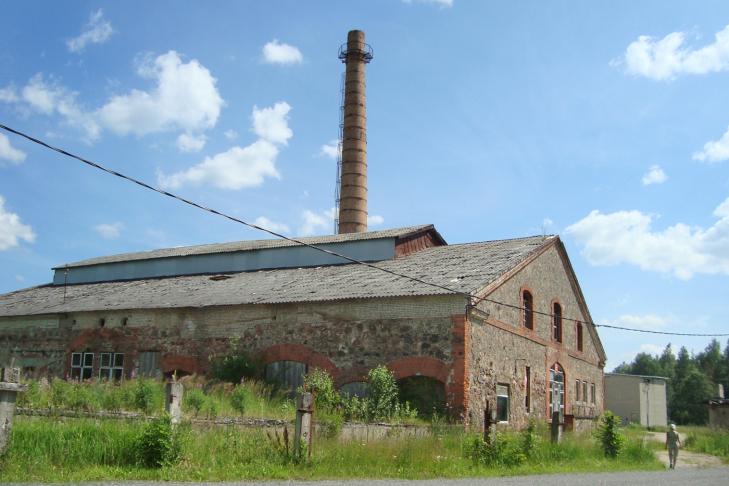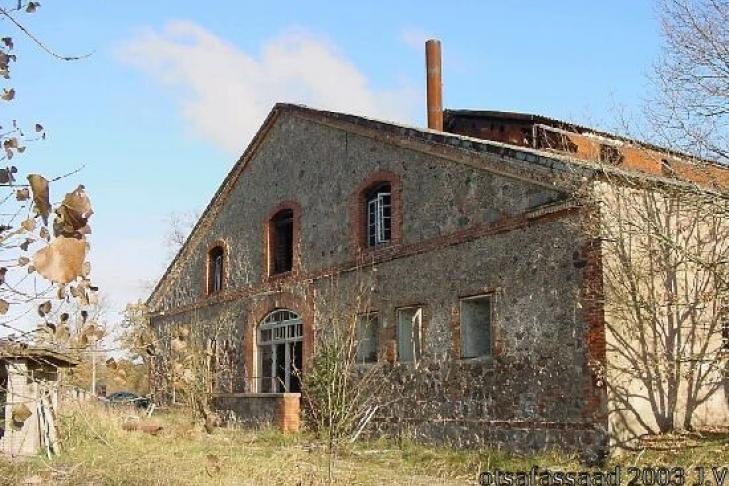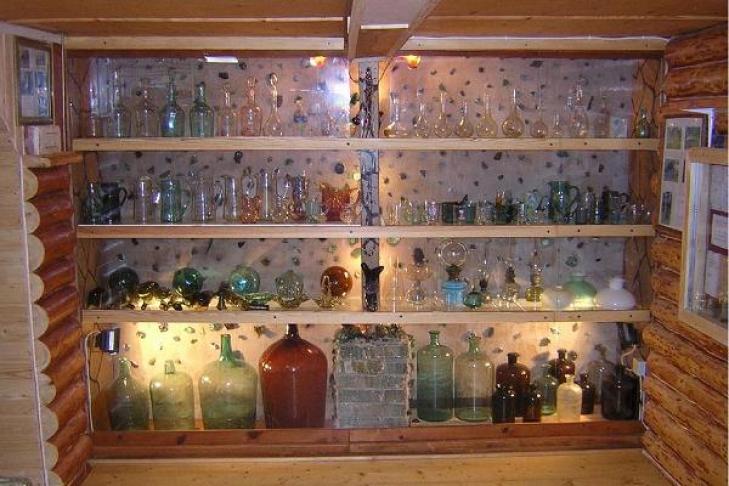Overview
In 1792. AS Amelung & Co established a glass manufactory in Meleski, which is known as the glass factory with the longest history in Estonia. The Meleski glass factory was the largest in the Baltics in the 19th century, and there was only one glass factory in the entire Russian Empire (Ryazan), which competed with Meleski for the title of the largest Russian glass factory. The production of the Meleski glass factory is easily recognizable for its bluish-green hue, because the local sand is not clean enough to produce clear glass.
Johannes Lorup leased the Meleski glass factory in 1924. He expanded the activities of the hitherto brilliant factory, organized courses for the training of new Estonian masters. By 1929, the number of Meleski workers had grown to 200. Johannes Lorup's success was manifested not only in running the factory, but also in obtaining favorable (state) orders for it. In August 1930, a sales office was established in Tallinn to expand the factory's reach. Estonian glass industries such as Johannes Lorup's glass industry, Tarbeklaas, Skankristall and Glasstone grew out of the Meleski glass factory.
The glass was last melted and blown in Meleskis in 2005. There is a small private museum-collection on site, which includes more than 1,000 exhibits of locally made glassware as well as factory-related items.
 LT
LT
 LV
LV
 EE
EE
 EN
EN
 DE
DE
 PL
PL



